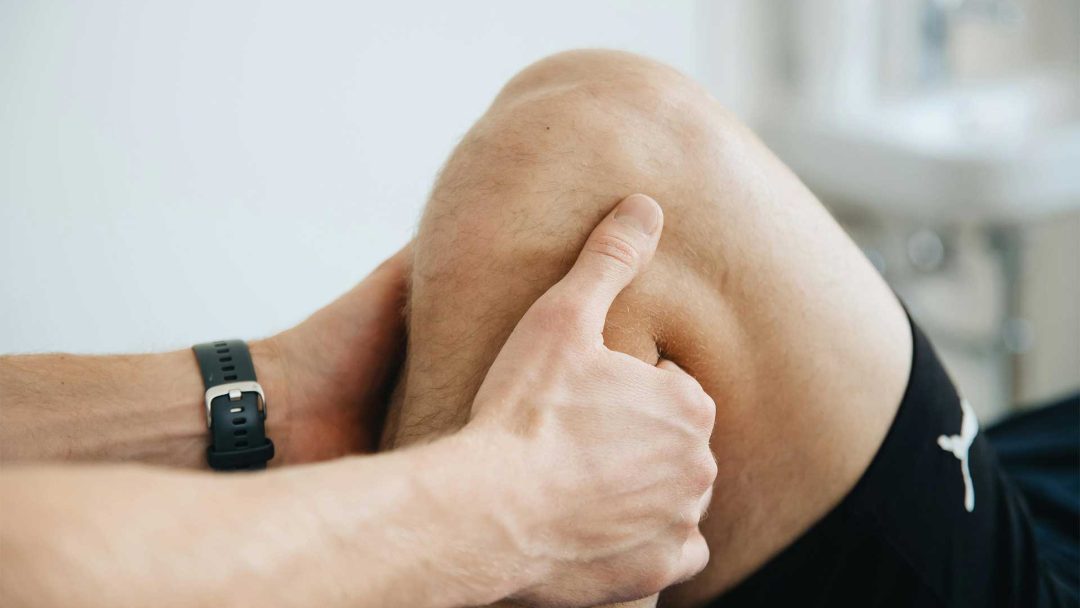Knee Pain

Knee pain is a common health problem and can affect people of all ages. Symptoms range from dull, aching pain to acute, stabbing discomfort in the knee area. Typical symptoms include pain, swelling, stiffness, limited mobility and crunching when moving the knee. Causes can be an unrecovered injury, such as sprained ligaments, or medical conditions such as arthritis, tendonitis, gout and infections. Therefore, addressing these underlying medical conditions can help relieve knee pain next to self-care measures and physical therapy.
Med. pract. Dana Hreus M.A.
Knee pain can be triggered by lifestyle related causes, which is why an integrative approach with experienced doctors to treat the underlying medical condition can greatly relieve knee pain and speed up a long lasting recovery.

Further information
The information listed contains relevant topics and serves to improve understanding.